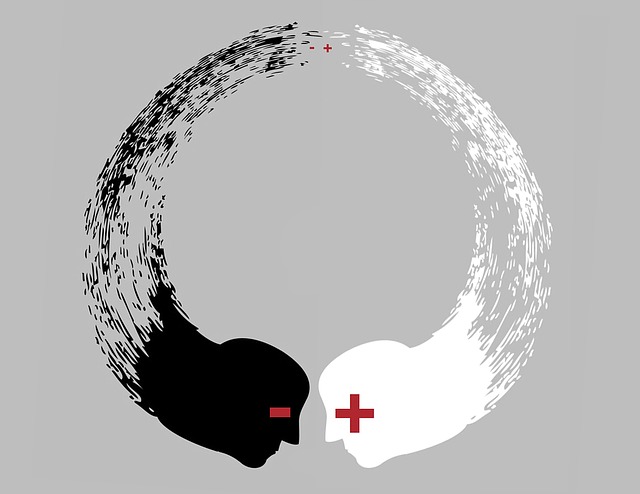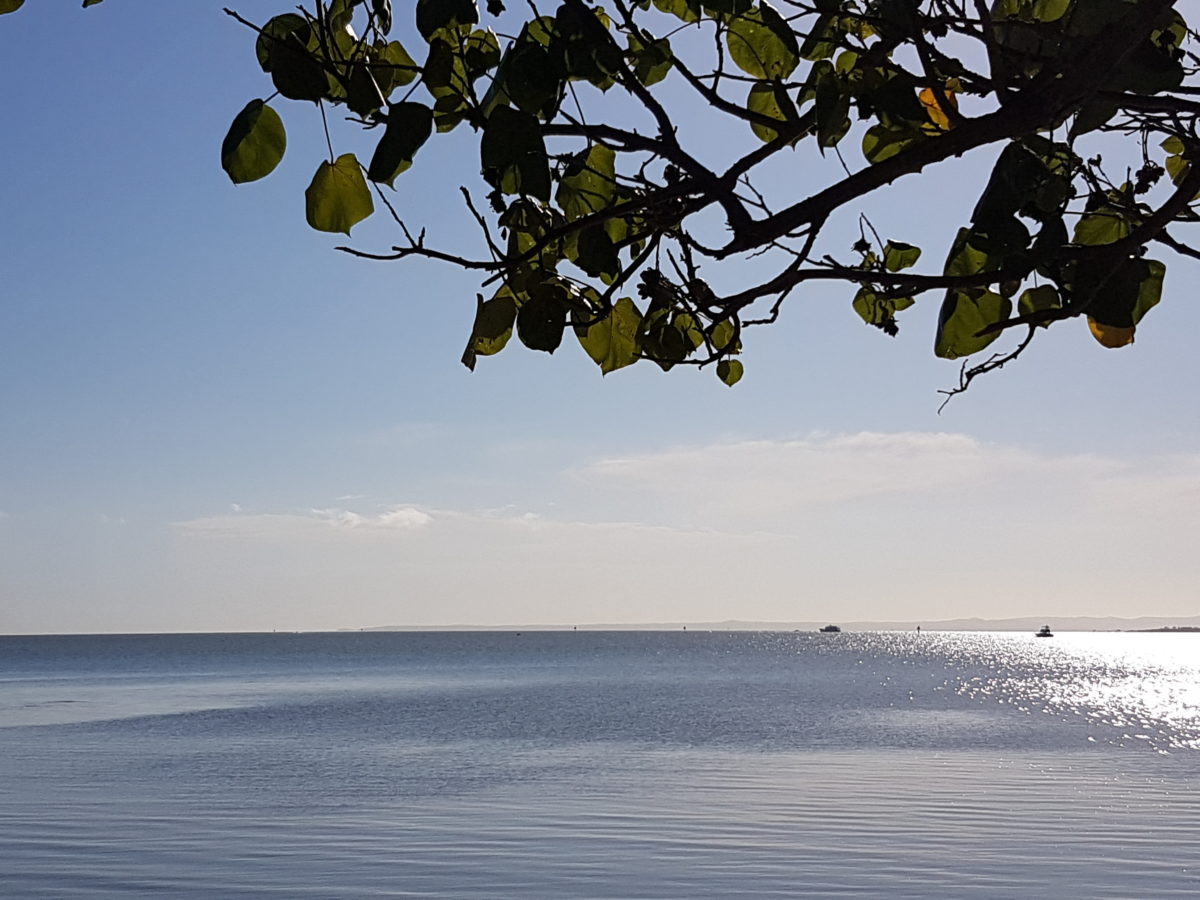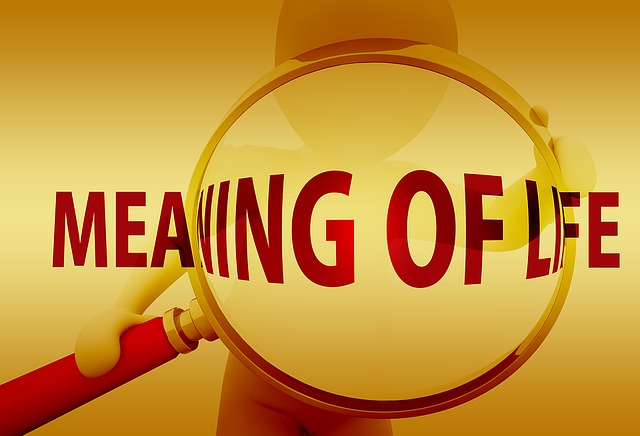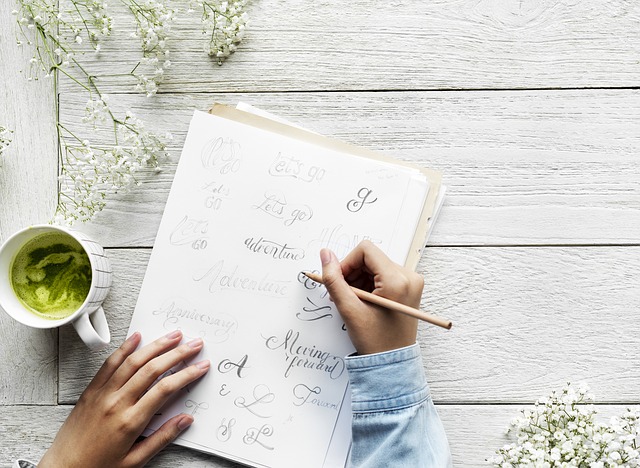Tara Brach highlights the fact that we spend a lot of our time in a belief trance, lost in thought and focused on going somewhere – looking towards what is coming up in the future. We overlook the present which is the real source of happiness, creativity and calm. She tells the story of the Dalai Lama being interviewed and being asked “What is the happiest moment of your life?” He responded, after a thoughtful moment, “Now”.
Tara suggests that we are strongly conditioned to not be present but to be “on our way to somewhere else”. We view some future moment as the most important in our life when the present moment is really the most important – it is what really matters. This leads to an honest inquiry, “What is it that takes us away from the present?” We can check in on ourselves as each day progresses and become more aware of what is consuming our thoughts.
What is going on for us in our virtual reality?
Tara points out that we are effectively living in a “virtual reality” – disconnected from our senses and the world around us as we become totally absorbed in our thoughts. Underlying this state of “lost in thought” are our embedded wants and fears – what we think we want and what we fear . We become preoccupied with the thought that something is not quite right, that something that should be here is missing. Invariably, this leads to the conclusion that there is “something wrong with our self”.
This preoccupation with deficit in our life leads to a sense of unworthiness. Tara maintains that meditation is a way to wake up from this preoccupation with negative self-evaluation. She explains that meditation has two “wings” – the awareness wing that notices what is going on for us and the kindness wing that treats us with self-compassion. In the final analysis, meditation leads us to accept ourselves non-judgmentally.
A guided meditation – coming home to “yes’
Tara provides a guided practice which she calls, Coming Home to Yes. After becoming grounded through your breathing, you are encouraged to focus on a conflict that is current in your life that generates “difficult emotions”, but that is not overly dramatic. The practice involves exploring the two wings of meditation – awareness and self-compassion.
The focal situation needs to be something that created strong negative emotions such as resentment or envy or that resulted in your acting in a way that you wished you hadn’t – that led to some regret. The meditation involves visualising the catalytic situation and revisiting the strong emotions generated – experiencing them in their full depth and breadth.
When you are able to name your feelings, you can focus on the nature of your reactivity – is it reflected in fight, flight or freezing? Tara encourages you to notice what you are doing when you are trying to resume control – to prevent the reactivity by saying “no” to your emotions, disowning them because they make you feel “less”. You can sense the “no” in your body, mind and heart – opening to the very real experience of your resistance to these negative emotions.
After interrupting the reflective process with a few deep breaths, you can revisit the situation, the triggers, the emotions and instead of saying “no”, you can say “yes” – letting the strong negative emotions “just be”, not denying or acting on them. This gives yourself permission to own these feelings – to allow what is. It does not mean that you automatically accept the actions of the other person, but that you allow yourself to feel anger or hurt, to be real in the situation. You can sense the experience of “yes” in your body so that you can revisit this sensation when a situation in the future engenders strong negative emotions. As Tara points out, in the process you are experiencing the two wings of meditation, awareness and self-compassion.
As we grow in mindfulness through meditation and reflection on our strong negative emotions, we can learn to own the emotions rather than denying them or acting on them. We can say “yes” to their existence.
____________________________________________
Image by Gordon Johnson from Pixabay
By Ron Passfield – Copyright (Creative Commons license, Attribution–Non Commercial–No Derivatives)
Disclosure: If you purchase a product through this site, I may earn a commission which will help to pay for the site, the associated Meetup group and the resources to support the blog.









